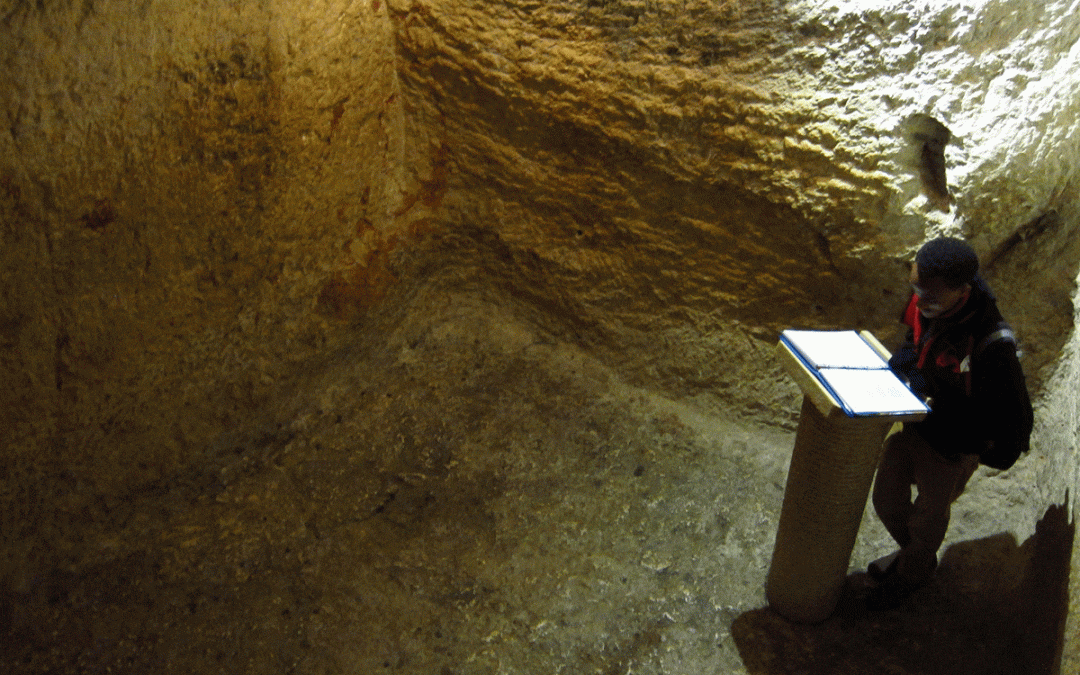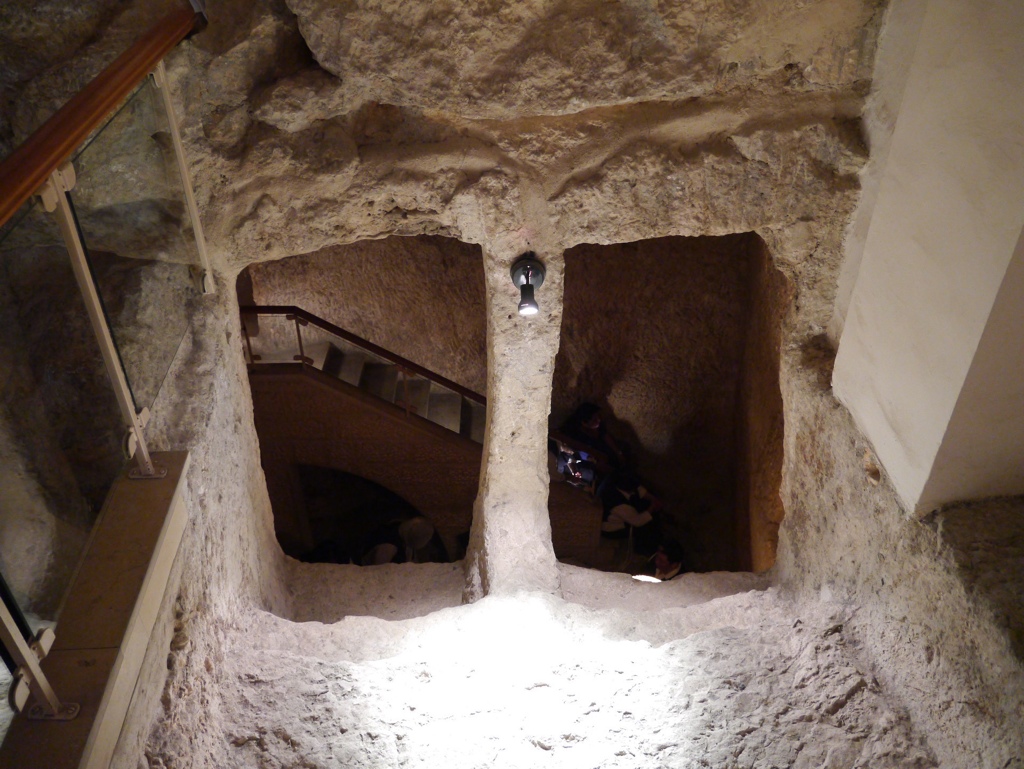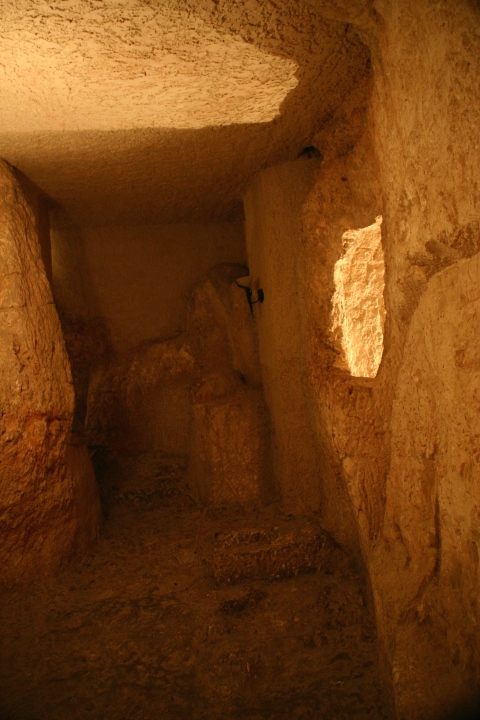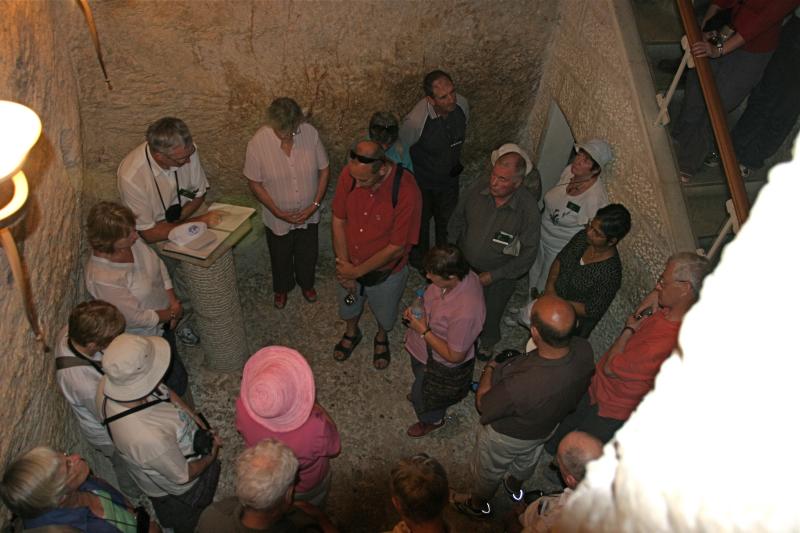The cell within the high priest Caiaphas’ house, located in Jerusalem, holds a significant place in Christian history. Widely believed to be the place where Jesus spent His last night before being handed over to Pontius Pilate, this ancient chamber carries a sense of solemnity and reverence. Now preserved within the Church of St. Peter in Gallicantu, it stands as a powerful testament to Jesus’ final hours, allowing believers to connect with a moment of profound sacrifice and isolation.
Table of Contents
ToggleThe Sacred Cell and Jesus’ Last Night
An Atmosphere of Reverence and Solitude
The cell is a small, dark space, and tradition holds that Jesus was lowered into it through an opening in the ceiling, as was customary for prisoners in that time. Once Jesus was inside, the entrance was sealed with a stone, leaving Him in solitude. It is believed that this cell, similar to others in the area, was used to detain prisoners awaiting judgment or punishment. For Jesus, this meant a night of intense agony and prayer before the events of His crucifixion would unfold.

The Church of St. Peter in Gallicantu: Preserving History
Today, this cell and the surrounding structures are part of the Church of St. Peter in Gallicantu, which commemorates the site. Visitors to the church can witness the remnants of Caiaphas’ house and walk through the dungeons, reflecting on the spiritual significance of this location. The church’s name, “Gallicantu,” meaning “cock-crow,” is also significant, recalling Peter’s denial of Jesus, which is said to have taken place nearby. This intertwining of historical and spiritual events amplifies the site’s impact on Christian pilgrims.
Historical and Archaeological Context
The Site of Caiaphas’ House
The high priest Caiaphas’ house is believed to have been situated on Mount Zion in Jerusalem. Ancient descriptions and archaeological evidence support its location and structure, with many sources identifying it as a place where prisoners were detained. Excavations reveal a series of dungeons and rock-cut cells, confirming that this location served as a holding area. The cell’s setting, deep within the earth and accessible only by a narrow opening, reflects the ancient methods of imprisonment, particularly for

Jesus’ Path
According to th
The Significance of the Cell for Modern Believers
A Symbol of Suffering and Sacrifice
For many visitors and pilgrims, the cell represents Jesus’ profound sacrifice. Its tight, dark quarters symbolize the isolation and suffering He endured, evoking reflection on His resilience and submission to divine will. The physical space, with its confined dimensions and the knowledge of how He was lowered into it, speaks volumes about His humble acceptance of fate.

Pilgrimage and Reflection at a Sacred Site
Today, this cell is an essential site for pilgrimage, where individuals can experience a connection to Jesus’ final hours. The Church of St. Peter in Gallicantu invites reflection and prayer, with pilgrims often feeling an intense spiritual resonance as they contemplate the events believed to have occurred within these walls. The church provides a quiet space for meditation, bridging the ancient and modern worlds with a powerful reminder of faith, redemption, and sacrifice.

Conclusion
The cell at Caiaphas’ house, believed to be where Jesus spent His last night, stands as a sacred and humbling reminder of His journey toward crucifixion. Preserved within the Church of St. Peter in Gallicantu, this ancient chamber offers a unique insight into His endurance and the history of early Christianity. As visitors descend into the cell, they are invited to reflect on Jesus’ solitude, His suffering, and the profound legacy of faith that emerged from these events. For many, this place of confinement transforms into a space of profound liberation, bridging two millennia of spiritual reflection and offering a tangible connection to Jesus’ final hours.

